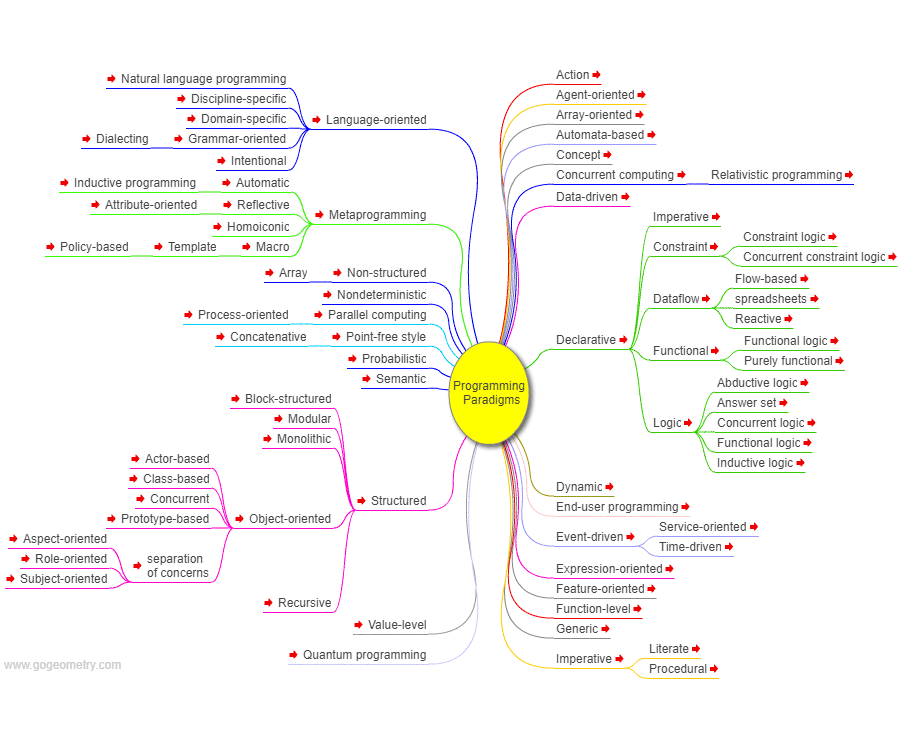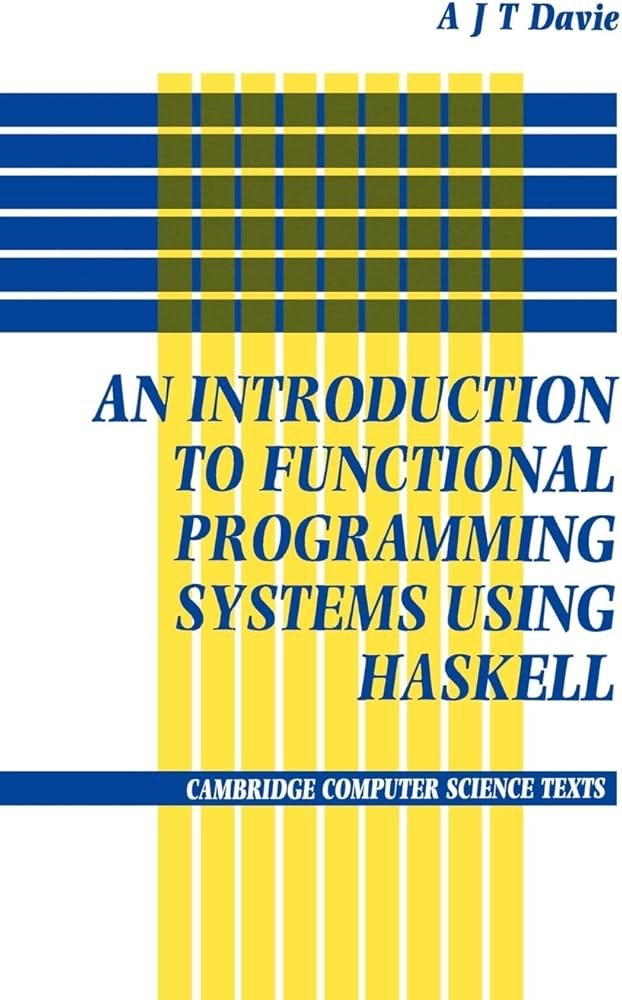
Introduction
Definition of Functional Programming
Functional programming is a programming paradigm that treats computation as the evaluation of mathematical functions. Unlike traditional imperative programming, where the focus is on how to perform tasks, functional programming emphasizes what to compute. It inherently supports techniques that allow for cleaner, more predictable code.
Key characteristics include:
- Immutability: Data cannot be modified, which helps prevent side effects.
- First-Class Functions: Functions can be passed around just like any other variable.
- Higher-Order Functions: These are functions that can take other functions as arguments or return them.
Brief History of Functional Programming
The roots of functional programming go back to the 1950s with the emergence of Lisp, one of the earliest programming languages designed explicitly to handle symbolic computation. Over the decades, many noteworthy languages evolved:
- ML (1980s): Introduced strong static typing.
- Haskell (1990s): Became known for its purity and lazy evaluation.
Today, languages like Scala and Elixir continue to build on these foundational principles, showcasing how functional programming remains relevant in modern software development. For example, during a recent project at TECHFACK, utilizing functional programming concepts enhanced collaboration among team members, making the codebase clearer and easier to maintain.

Basic Concepts of Functional Programming
Immutability
One of the core principles of functional programming is immutability. This means once a data structure is created, it cannot be changed. Instead of modifying existing data, new data structures are created. This approach minimizes side effects, making code easier to understand and reason about. For example, in a recent project at TECHFACK, the team found that using immutable data structures led to fewer bugs during development, as changes had a clear and predictable path.
First-Class and Higher-Order Functions
Functional programming also treats functions as first-class citizens. This means functions can be:
- Assigned to variables
- Passed as arguments to other functions
- Returned from functions
Higher-order functions take this concept further by allowing functions to accept other functions as parameters or return them. This is invaluable for creating reusable code components.
Pure Functions
Pure functions are foundational in functional programming. These functions always produce the same output when given the same input, without causing any side effects. By relying on pure functions, developers create predictable and consistent code.
Recursion
Lastly, recursion is a technique where a function calls itself to solve smaller instances of a problem. It’s an elegant way to handle repetitive tasks without explicit loops, making code more succinct and expressive. In my experience at TECHFACK, employing recursion made solving complex problems much more manageable while keeping the code clean and understandable.

Functional Programming Paradigms
Declarative vs. Imperative Programming
When exploring paradigms, it’s essential to differentiate between declarative and imperative programming. Declarative programming focuses on what you want the outcome to be without detailing the steps to achieve it. In contrast, imperative programming explains how to perform tasks with specific instructions. This distinction is crucial in functional programming, where the goal is often about expressing the intended result rather than the procedure.
For instance, during my time at TECHFACK, employing a declarative approach streamlined our code review process, empowering team members to focus on results rather than implementation details.
Object-Oriented vs. Functional Programming
Next, let’s consider the contrasts between object-oriented programming (OOP) and functional programming. OOP organizes code around objects and their interactions. Meanwhile, functional programming emphasizes functions as the primary building blocks. This fundamental shift in focus can lead to different methodologies in problem-solving. I recall a project at TECHFACK where switching from OOP to functional programming enhanced our ability to handle state management efficiently.
Parallel and Concurrent Programming
Finally, parallel and concurrent programming play essential roles in functional programming. Concurrency allows multiple tasks to progress simultaneously, whereas parallelism involves performing multiple operations at the same time. Functional programming’s inherent immutability and pure functions naturally lend themselves to parallel processing, making it easier to develop efficient and scalable applications. In a recent client project, leveraging these principles resulted in a significant performance boost without the usual complexities of thread management.

Functional Programming Languages
Overview of Common Functional Languages
Diving into functional programming languages, several stand out due to their unique features and extensive libraries. Notable examples include:
- Haskell: A pure functional language known for its strong type system, which enforces correctness.
- Scala: Combines functional and object-oriented programming, making it versatile for various applications.
- Elixir: Built on the Erlang VM, it excels in concurrent systems, perfect for scalable web applications.
- Clojure: A modern take on Lisp, it emphasizes immutability and is designed for rapid development.
At TECHFACK, I’ve witnessed how different teams leverage these languages based on project requirements, enhancing collaboration and efficiency.
Comparison of Functional Languages
When comparing these functional languages, aspects such as ease of use, community support, and performance come into play:
| Language | Use Case | Strengths |
|---|---|---|
| Haskell | Theoretical | Strong type system, purity |
| Scala | Enterprise | OOP and functional synergy |
| Elixir | Web development | Concurrency, fault tolerance |
| Clojure | Data processing | Rapid prototyping, simplicity |
Each language brings its strengths and weaknesses, influencing choices based on specific project needs. For instance, in a recent application project, adopting Elixir allowed the TECHFACK team to efficiently handle real-time data streaming with minimal latency.

Benefits of Functional Programming
Scalability and Maintainability
One of the standout benefits of functional programming is its inherent scalability and maintainability. Because functional programming emphasizes pure functions and immutability, it makes it easier to build systems that can grow harmoniously. This was especially evident in a project I worked on at TECHFACK, where we required a scalable solution. By structuring our code with functional principles, we effortlessly added features without the fear of breaking existing functionality.
Error Reduction and Debugging
Additionally, functional programming provides significant advantages in error reduction and debugging. Pure functions produce predictable outputs, which simplifies identifying and correcting errors. With fewer side effects to track down, debugging becomes less daunting. For example, during a recent code review, we found that using functional constructs allowed our team to pinpoint issues in less than half the time it would have taken with imperative code structures.
Code Reusability and Modularity
Lastly, code reusability and modularity are fundamental benefits. Higher-order functions encourage developers to create reusable components that can fit into different contexts. This modularity fosters collaboration, allowing team members at TECHFACK to contribute more effectively without stepping on each other’s toes. By having a rich library of reusable functions, we transformed our workflow, making it smoother and more efficient overall.

Challenges of Functional Programming
Learning Curve
While the benefits of functional programming are compelling, there are notable challenges to consider as well. One primary hurdle is the learning curve. For developers accustomed to imperative paradigms, shifting to a functional mindset can feel overwhelming. Concepts like higher-order functions, immutability, and recursion require a rethinking of problem-solving approaches. At TECHFACK, we experienced a significant adjustment period when integrating functional programming across our teams, but with patience and practice, we began to see the advantages.
Performance Concerns
Another challenge relates to performance concerns. Although functional programming can lead to cleaner code, excessive use of recursion or immutable data structures can sometimes result in slower execution. It’s essential to find a balance; for instance, while working on a data-intensive project, we had to carefully evaluate our functional implementations to ensure they did not hinder performance.
Interoperability with Imperative Code
Lastly, interoperability with imperative code can be tricky. Many systems still rely heavily on imperative programming techniques, and integrating functional components can lead to compatibility issues. At TECHFACK, we frequently encountered challenges in bridging our functional solutions with existing imperative codebases, necessitating careful design considerations to avoid conflicts. Understanding these challenges helps teams navigate functional programming’s complexities while reaping its many rewards.

Functional Programming in Practice
Functional Programming in Industry
As we’ve seen, functional programming isn’t just a theoretical concept; it’s very much part of industry practice today. Numerous tech giants leverage functional languages for their robustness and efficiency. For example, companies like Twitter use Scala for building scalable applications, proving that functional programming can handle large-scale operations effectively. At TECHFACK, we’ve adopted functional paradigms in our projects, which has significantly streamlined our development processes.
Functional Programming in Academia
In academia, functional programming serves as a crucial subject in computer science curricula. It encourages students to think analytically and develop problem-solving skills. Universities are increasingly incorporating languages like Haskell and Scheme into their coursework, often focusing on functional programming techniques to teach core concepts. This academic exposure helps prepare students for real-world applications, as seen when our interns at TECHFACK arrived with foundational functional programming knowledge, which we found greatly beneficial.
Functional Programming in AI and Data Science
Furthermore, functional programming is making significant strides in AI and data science. The capability to handle complex data transformations and the ease of parallel processing make it an appealing choice for data-driven tasks. Frameworks like Apache Spark, which support functional programming concepts, are widely used for large-scale data analysis. At TECHFACK, we’ve implemented functional techniques within our data science projects, enabling more efficient data manipulation and increased performance during model training. This blend of practice and theory showcases how functional programming continues to evolve and adapt across different fields.

Conclusion and Future Trends
Summary of Key Takeaways
As we’ve explored throughout this journey into functional programming, its advantages are compelling—scalability, maintainability, error reduction, and improved code reusability stand out as key benefits. However, we must also recognize the challenges, such as the learning curve and interoperability with existing imperative code. In my experience at TECHFACK, embracing functional programming principles has led to more robust and cleaner code, demonstrating its practical value across various projects.
Emerging Trends in Functional Programming
Looking forward, several emerging trends in functional programming are worth noting. The adoption of multi-paradigm languages, which incorporate functional features alongside traditional approaches, is on the rise. Additionally, the integration of functional programming in big data analytics and AI is becoming increasingly mainstream. New libraries and frameworks that facilitate functional programming concepts will continue to enhance productivity. As the tech landscape evolves, it’s clear that functional programming will play a crucial role in shaping the future of software development, and at TECHFACK, we’re excited to stay at the forefront of these advancements.

